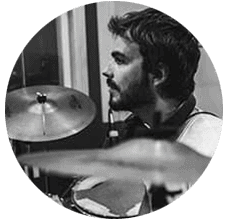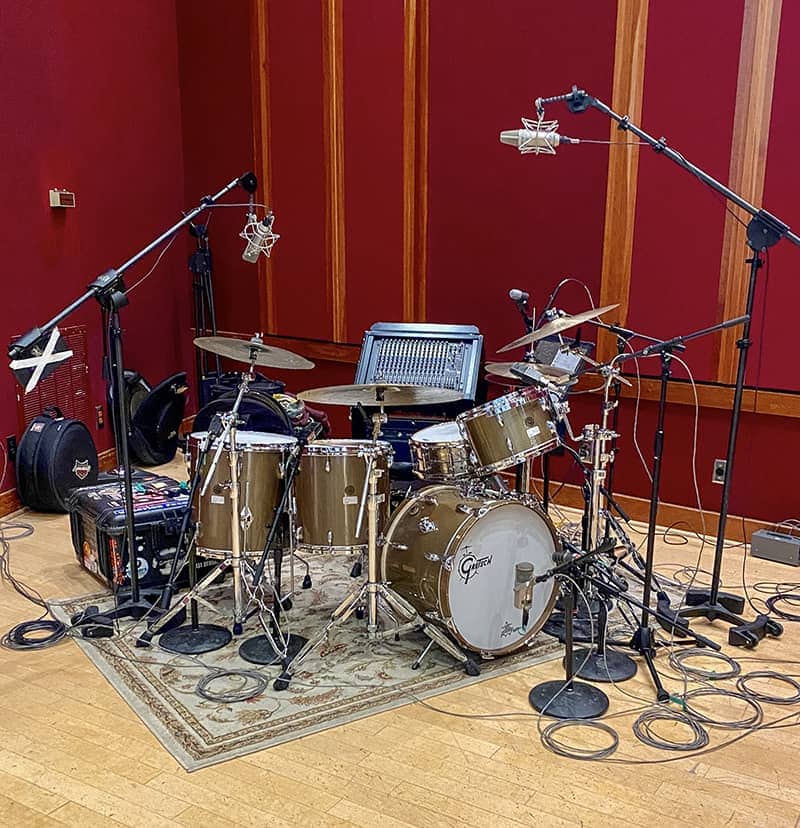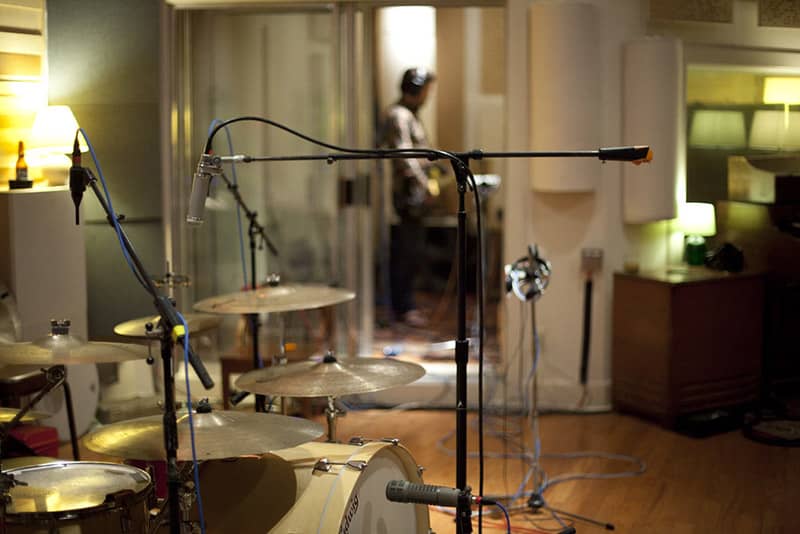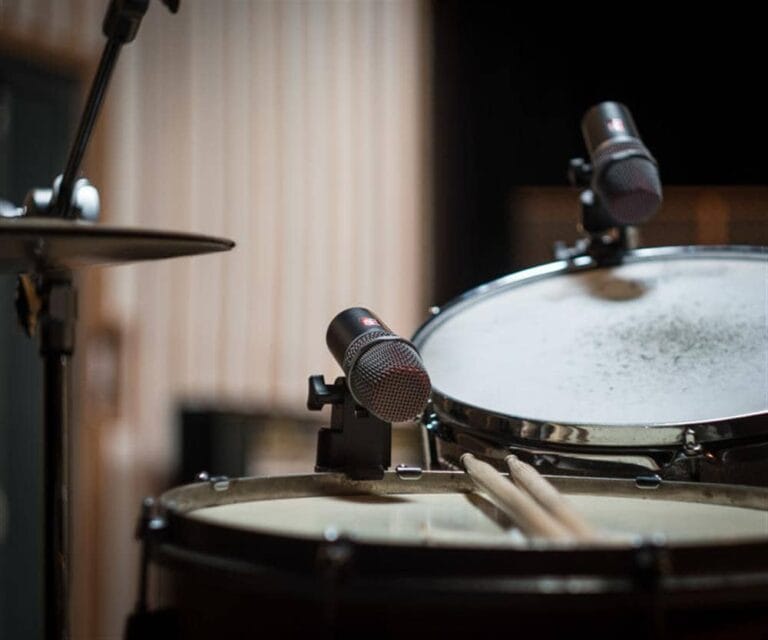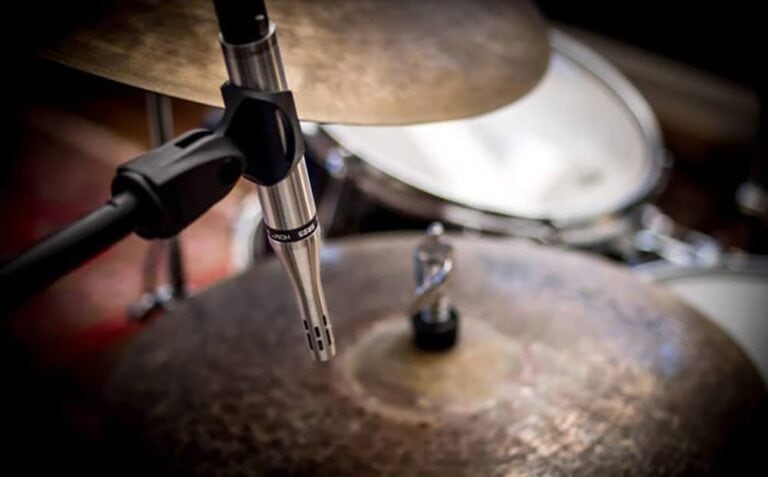What is the best way to mic a drum set?
The “best” way to mic a drum set often depends on the context: the genre of music, the acoustics of the room, the drummer’s playing style, and the desired sound for the recording or performance.
However, a common approach is to use close miking for individual drums (snare, kick, toms, and hi-hat) combined with overhead mics to capture cymbals and the overall kit. Room mics can be added to capture ambiance. Always remember to consider the phase relationships between mics to ensure a clear sound.
What is the 3 to 1 rule for drum mics?
The 3 to 1 rule is a guideline to help avoid phase issues when using multiple microphones. Essentially, it states that the distance between two microphones should be at least three times the distance from each microphone to its respective sound source.
For example, if a microphone is 1 foot away from a snare drum, any adjacent microphone (say, for a hi-hat) should be at least 3 feet away from the first mic. This rule helps reduce comb filtering and phase cancellation, ensuring a cleaner recording.
Should I mic my drum set?
Miking your drum set is essential if you’re recording in a studio setting, playing in larger venues, or looking for a more controlled and refined sound during live performances.
Even in smaller venues or practice sessions, miking can help in achieving a balanced mix. However, in some intimate or acoustic settings, it might be unnecessary. Always consider the context and the sound you want to achieve.
How do you mic a drum set for live performance?
For live performances, clarity and feedback rejection are paramount. Here’s a basic approach:
- Kick Drum: Use a dynamic microphone, placed inside the drum hole or just outside, capturing the beater’s punch.
- Snare: A dynamic mic on the top, slightly angled towards the center, with another one underneath (optional) to catch the snares.
- Toms: Dynamic mics positioned above, angled towards the center of the drum.
- Hi-Hat: A small-diaphragm condenser mic positioned a few inches above, pointing down towards the edge.
- Overheads: Condenser mics capturing the overall cymbal spread and kit ambiance.
- Room Mics: Optional, but can add a live feel by capturing the audience and overall room sound.
- Ensure all mics have minimal bleed from adjacent instruments, and always sound check to balance levels and EQ for the best mix.
